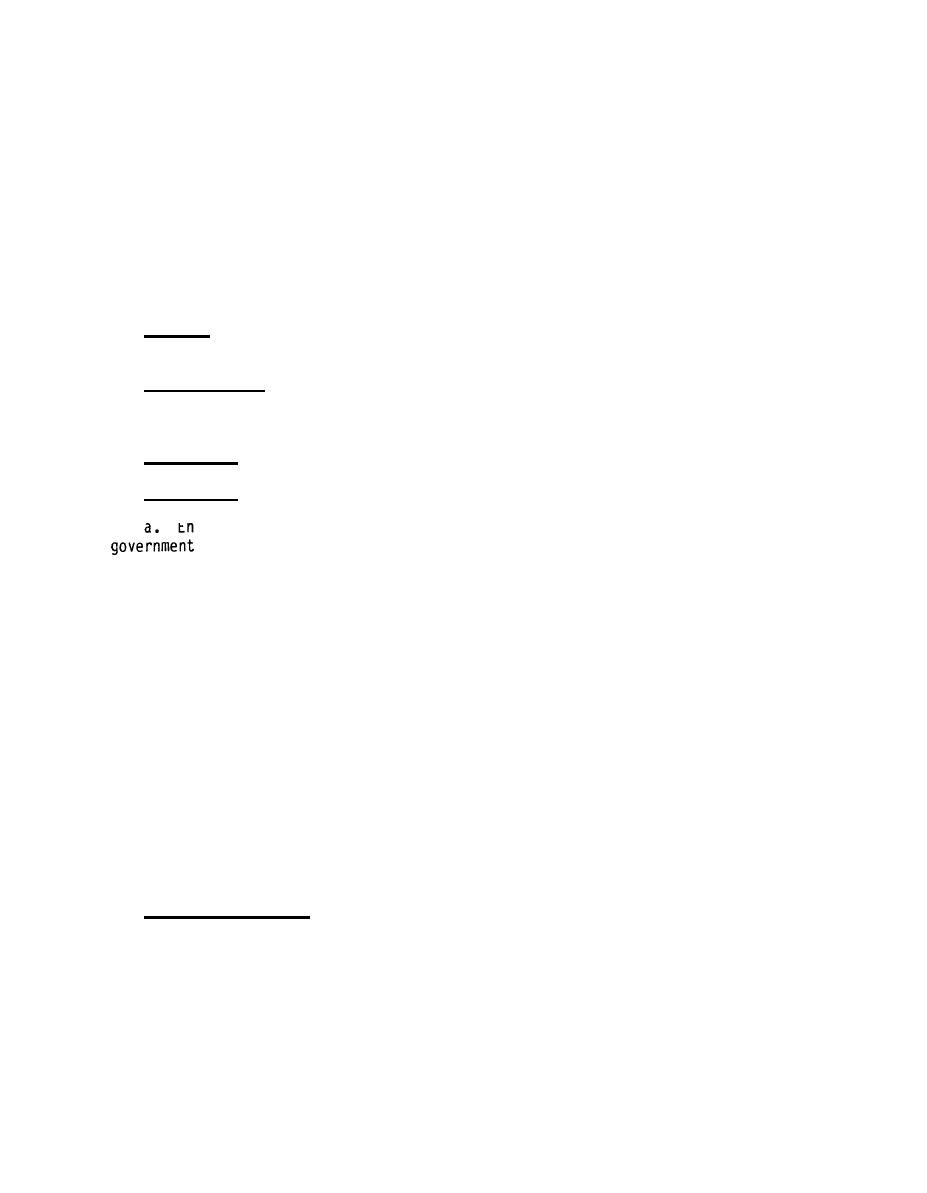
DEPARTMENT OF THE ARMY
ETL 1110-l-129
U.S. Army Corps of Engineers
DAEN-ECE-G
Washington, D.C. 20314-1000
15 December 1985
Engineer Technical
Letter 1110-l-129
Engineering and Construction
USE OF ENGINEERING FABRICS AND ASPHALT
RUBBER INTERLAYERS TO MINIMIZE REFLECTIVE CRACKING IN PAVEMENTS
1. Purpose. This letter provides guidance for minimizing reflective cracking
of asphaltic concrete pavements.
2. Applicability. This letter applies to all HQUSACE/OCE elements and field
operating activities (FOA) having military and/or civil works construction
responsibility.
References.
(See Enclosure 3).
3.
Discussion.
4.
Engineering fabrics and asphalt rubber have been used by various
agencies in an attempt to minimize the detrimental effects of
reflective cracking. While performance has varied widely, it has been
observed that these materials generally provide satisfactory performance in
warm climates and unsatisfactory performance in cold climates. This letter
provides recommended guidance concerning locations in which satisfactory
performance can be expected with asphalt rubber and engineering fabrics based
on results from recent studies at the Waterways Experiment Station (WES)
including data from other sources, mainly Federal Highway Administration.
Report of the WES studies is currently at the publishers and will be
distributed in the near future. Some references from the report are provided
with this ETL.
b. The studies involved evaluating the performance of a number of
projects that had been constructed and observed over a period of years. After
the results were obtained, it became apparent that performance was a function,
of two important parameters-- overlay thickness and freezing index. The
freezing index can be computed from temperature records for a given area using
the guidance provided in TM 5-818-2, Pavement Design for Seasonal Frost
Conditions.
Action to be Taken.
5.
a. Figure 1 shows three climatic areas of the continental United States.
Area I outlines an area with a freezing index below zero; Area II shows the
area with a freezing index between zero and five hundred; and Area III shows
the area having a freezing index greater than five hundred. If different
local freezing indexes exist than shown on Figure 1, the existing should be
used.


 Previous Page
Previous Page
